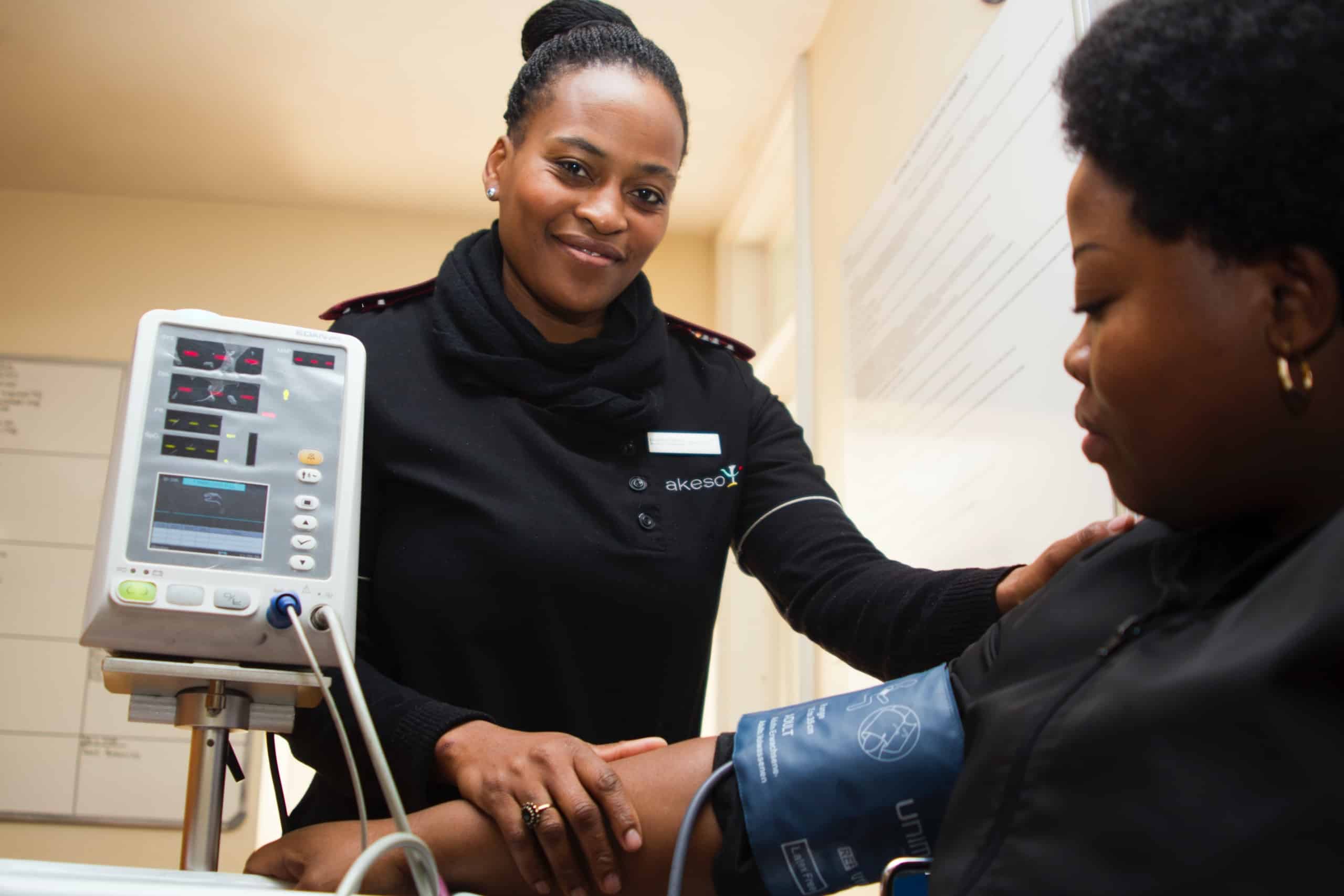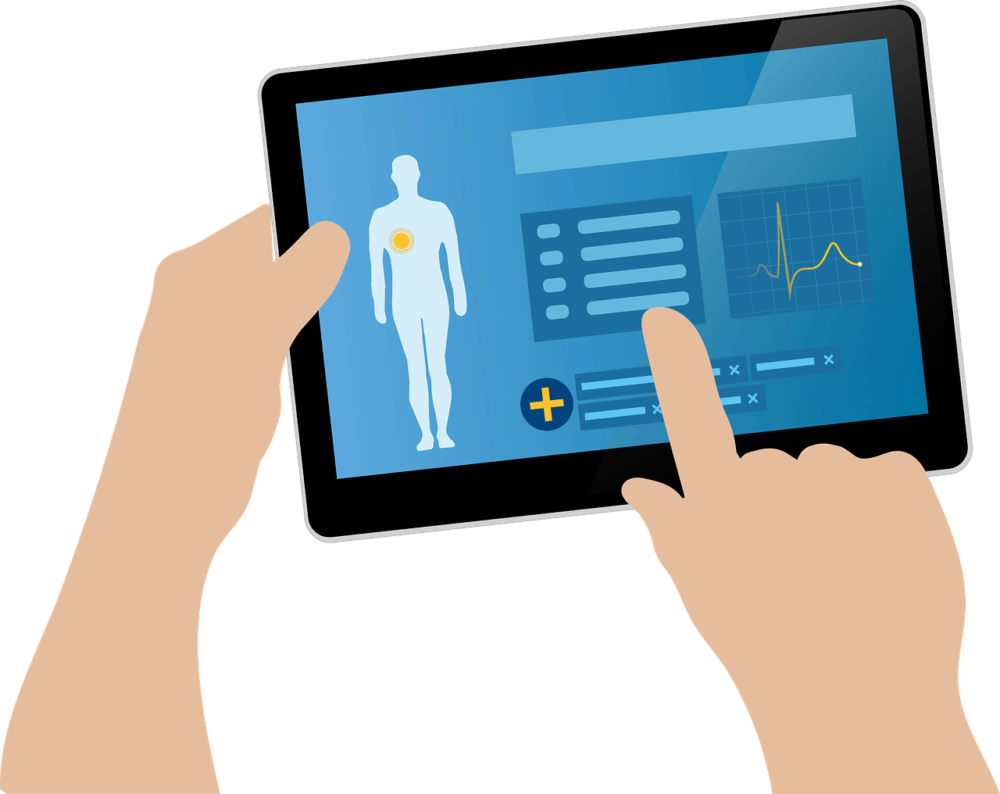Our patients often read about the importance of preventive health, and insurance companies seem to fight us on covering even the most practical and proven disease prevention methods and tests. To effectively assist our patients and grapple with insurance agencies, we need accessible examples of preventive health.
These examples are powerful, inspirational, and poignant. These are things people do in the real world each day to ensure healthier living, and the results speak for themselves.
Having a conversation with your patients and bringing up culturally taboo topics like STI prevention and personal hygiene can create a more comfortable interaction. Additionally, your words and examples are memorable. These preventative health examples can really help you empathize during those crucial “by the way…” questions patients tend to ask as you’re exiting the exam room.

Photo by Element5 Digital on Unsplash
1. Understand Primary, Secondary, and Tertiary Preventative Health Measures
As your patients may suspect (and debate with you about), not all preventative health measures are created equally.
Primary Preventative Health Measures
Primary prevention strategies are straightforward and effective, but they may still require advocacy in the current socio-political environment. When it comes to vaccines, an obvious disease prevention method, education is your main job as a doctor.
You have a lot to contend with thanks to the internet (also known as Dr. Google), such as general misinformation and “experts” who think they know better. Combined with the challenge of accessing healthcare in the United States, this creates a perfect storm of disbelief and fear for patients.
Secondary Preventative Health Measures
As people generally understand, some health problems are bound to pop up, even if you’re living your healthiest life. Encouragement of general wellness falls into this category, which is surprisingly hard to follow for many patients. For example, many Americans face the challenges of long hours at sedentary jobs with low pay. Some live in food deserts and don’t have regular access to fresh, healthy food. Others can’t afford the medications they need.
Again, education is important here. Screening for diseases can help you and your patients catch harmful items like heart disease in the early stages. According to the AHA, the heart disease mortality rate decreased by 25% thanks to education about general wellness to prevent heart disease.
While your time with each patient may be limited, you can direct patients to be factual and trustworthy web sources, such as the CDC, for patient-friendly methods to prevent and live with heart disease. With a bit of prep work on your part, you can have an arsenal of information at your practice and useful links on your website to describe heart-friendly diets and recommended exercises.
Tertiary Preventative Measures
Patients should also be aware of longer-term, systemic changes that can benefit their health. As not everyone can or will access primary and secondary preventative health solutions, they still have options.
Tertiary measures involve preventing the worsening of conditions and often require buy-in from more people than just your patient. An example would include a patient with a chronic injury. While physical therapy and muscle relaxers might help them, the injury may not be fully fixable, or they may not have insurance that covers necessary surgery. In cases like these, creative solutions in the patient’s life are the next step. For example, you may work around the issue by providing documentation to the patient for their employer. Your message can ask the employer to provide a workplace condition with the injury in mind to prevent strain and re-injury.
Tertiary measures also include long-term, community solutions like grief counseling, which can reduce the stress that negatively impacts your patient’s life and health.
2. Work Closely with Nurses and Nurse Practitioners

Photo by Hush Naidoo on Unsplash
Nurses are the compassionate bridge between medicine and patient, and they’re often the ones responsible for explaining the doctor’s orders. In many offices and hospitals, nurses are the first to assess patients and take their vitals, which puts them on the front line of defense against disease or other issues, including mental illnesses.
Nurses can help with preventative health care by providing general community education, identifying at-risk patients, and helping patients access the medical care they need. Nurses can provide specific preventative health information to patients by considering potential risk increases due to patient demographics, which are especially important as patients age or progress with chronic health conditions. Additionally, nurses are often the ones who learn about secondary health issues like mental health.
What starts as a bit of sadness over death can turn into dysthymia long term. Nurses have access to educate patients about depression and other mental illnesses that can lead to job loss or, in extreme cases, suicide if not stopped. Lives change quickly, and nurses are in a key position to help with mental health illness prevention and detection.
3. Mention the Unmentionables
As healthcare professionals, we’re accustomed to talking about all sorts of bodily functions without embarrassment. From hemorrhoids to menstruation, issues verboten outside our offices are tough for patients to discuss within. What’s more, patients may experience dysphoria, abuse, racism, poverty, sexism, and other issues that prevent them from speaking up about personal health issues, including mental health struggles.
That’s where you come in. Careful, empathetic care and questions can prevent major problems in the future. Your conversation about STIs shouldn’t stop with “are you sexually active?” After all, according to the CDC, there were over 400,000 new gonorrhea cases in 2016. Rates for STIs reached a high in 2015, and preventative care is the best way to deliver facts and solutions regarding STIs.
Suggesting disease and pregnancy prevention methods, such as using condoms and birth control, is a crucial part of advocacy and preventative health.
Beyond sex, patients are often hesitant to discuss bodily functions. They often have bowel movements, whether they menstruate regularly, and anything else involving sex or bodily functions can prove to be very embarrassing for people thanks to societal conditioning. You’ll need extra empathy to apply for preventative medicine here.

Photo by Jony Ariadi on Unsplash
4. Tackle Pre-Diabetes and Diabetic Risk Sensitively
There’s a big backlash against medical professionals who tell patients to start improving their health or minimizing specific health conditions by losing weight. Without context, it can feel insulting to patients, so it’s on you to provide the context. Furthermore, there could be other underlying health conditions, such as hypothyroidism, preventing weight loss.
That said, medical facts and concerns about type II diabetes and hypertension are real. They’re also on the rise in the United States, and they’re deadly.
Instead of coming from a place of blame, try encouraging your patients. The great news about most pre-diabetic and at-risk patients is that lifestyle changes can help. Most patients can lower their blood pressure by 5 mmHg per day on the hypertension front by keeping their daily salt intake under 1500 mg.
When discussing issues like weight, diet, and exercise, it’s a good time to remind your patient that you’re on their team. You’re here to empower them to improve their health. Here, you’ll need to point them to some additional support systems.
5. Remember the Health of Your Office and Patient Data
Keeping patients healthy is a priority, but what about the health of your office, your staff, and the data they house? You’re HIPAA compliant, but using public cloud storage means you need regular safety and security check-ins.
Recently, HITRUST, or Health Information Trust Alliance, reported 495 major data breaches resulting in 4.1 billion dollars of damages. There were 21.12 million records exposed, and it usually took patients months to be notified of the breach.
Keeping your office healthy means keeping your patients healthy and protected — and that includes their information. Preventative care is pervasive.

Photo by Hush Naidoo on Unsplash
6. Provide Mental Health Wellness and Screenings
Many doctor’s offices now do mental health screenings regularly. Since one in five Americans has experienced a mental health issue, it’s likely that many of your patients could develop one and not know it. Asking some standard screening questions can help.
You’ll also want to be personable. Ask about a patient’s life, not just their health. This line of questioning can reveal some important information about their mental health.
- “I just lost my job.”
- “I’ve been crying every day since the miscarriage.”
- “I’m worried that I’ll become homeless.”
- “My partner is cheating on me.”
- “I’m excited about moving into a new home!”
- “I work two jobs.”
- “I’m getting a divorce.”
- “I’m finishing my degree.”
- “I have some legal issues pending.”
- “I’ve been having relationship problems with my partner; he puts me down a lot.”
All of these statements are protected by doctor-patient confidentiality, and all of them are possible flags for mental health issues and conditions that cause them.
Patients don’t think about conditions for mental health issues; they think about their lives, their level of stress, and the circumstances of their existence. If you ask someone about what’s going on in their life, you can start there and then pose inquiries about their feelings and interactions with others after.
Ensure you have resources available for patients who cannot afford mental health therapy, and always provide the National Suicide Prevention Hotline number. It’s 1-800-273-8255, and they have text chat options as well. This is ideal preventative health information to provide on a sign in your exam rooms.
7. Check-in About Regular Specialist Checkups
Has your patient with frequent UTIs gone to the gynecologist recently? If not, what’s preventing them from going? Negative experiences with specialists, pain, expense, embarrassment, and fear are valid reasons many women don’t get regular gynecological health care. You are poised to arm your patients with information about safe, affordable gynecological services such as those offered by Planned Parenthood and community clinics.
What about that patient with a congenital heart defect? They’re supposed to get a check-up every six months, but they haven’t been adhering to that for whatever reason. Maybe it’s because they feel okay; perhaps they’re short on time. The cost could be an issue. Find out about the barrier and help your patient track these specialist appointments.
Often, patients’ specialists schedule them for several months out. This means it’s easy for them to forget about the appointment or fail to reschedule. Asking about those specialist appointments also ensures you’re getting all of the information you need from those specialists. If there’s a communication gap, a simple follow-up question with your patient can help you find it.
8. Enable Healthcare Access to Prevent Health Issues
Healthcare access is a major issue barring Americans from receiving quality healthcare. Americans deal with wrangling with health insurance denials, dealing with disability, wondering about Medicaid eligibility, and promising to pay costs before the costs are known. All of this is stressful, and patients will look to you for answers.
Since you’re not an insurance agent (though you have certainly seen how insurance will fight you on providing the best care for patients), you may wish to advise patients on these matters. You can send them to a healthcare advocate.
Healthcare advocates come in two varieties: personal and professional. A personal healthcare advocate is a friend or family member who accompanies the patient to doctor’s offices and on insurance phone calls, ensuring the patient’s concerns are heard and their needs are met.
A professional healthcare advocate does much of the same, and they also help patients navigate their many healthcare options and decisions. Patients should select trustworthy advocates, good note-takers, and able to understand the patient’s medical history.
Remind your patient to ensure all medical reports go back to a central source, such as their primary care physician. You’ll want to track all medication, recommendations, specialist visits, and more.

Photo by Yusuf Belek on Unsplash
9. Remind Patients About Vision and Dental Care
Because our healthcare system likes to separate eye and tooth care from all other aspects of our physical health, patients tend to think of them that way, too. As you know, that’s not how the body works. It’s not unusual for doctors to see patients who have decent health care and dental coverage but cannot pay for $700+ dental crowns.
In a survey of 2,800 Americans over age 35, only 8% receive recommended preventive services. This includes blood pressure checks, cholesterol checks, osteoporosis checks, cancer screening, alcohol use, and more.
If they aren’t getting regular care checks, they’re not getting vision and dental visits, either. And once again, all of this can increase stress, financial difficulty, and mental health issues. It’s important to check for these issues holistically.
10. Provide Remote Care Options
You may have noticed a theme here: healthcare isn’t always accessible. Fortunately, many doctors are now offering telemedical services. If a patient has a cold or needs to check in about a chronic issue, taking an online appointment may help you serve them best.
Additionally, you can encourage them to use out-of-pocket remote care services to speak with mental health counselors, nutritionists, and more.
Lastly, there are many vulnerable populations with special needs and experiences. Preventive health is important to them, but their experiences are often forgotten. Examples of these populations include veterans and the homeless. Focusing additional preventative health-focused questions and initiatives on vulnerable populations can positively impact not just individual patients but also your entire community.










